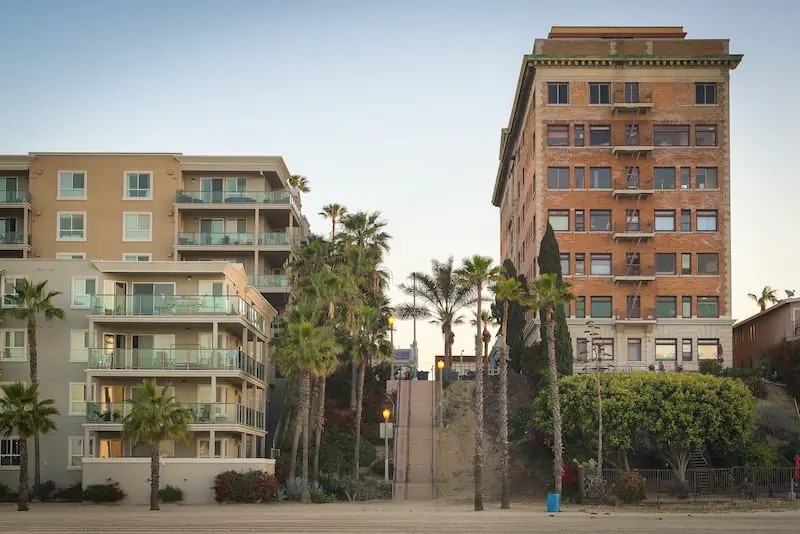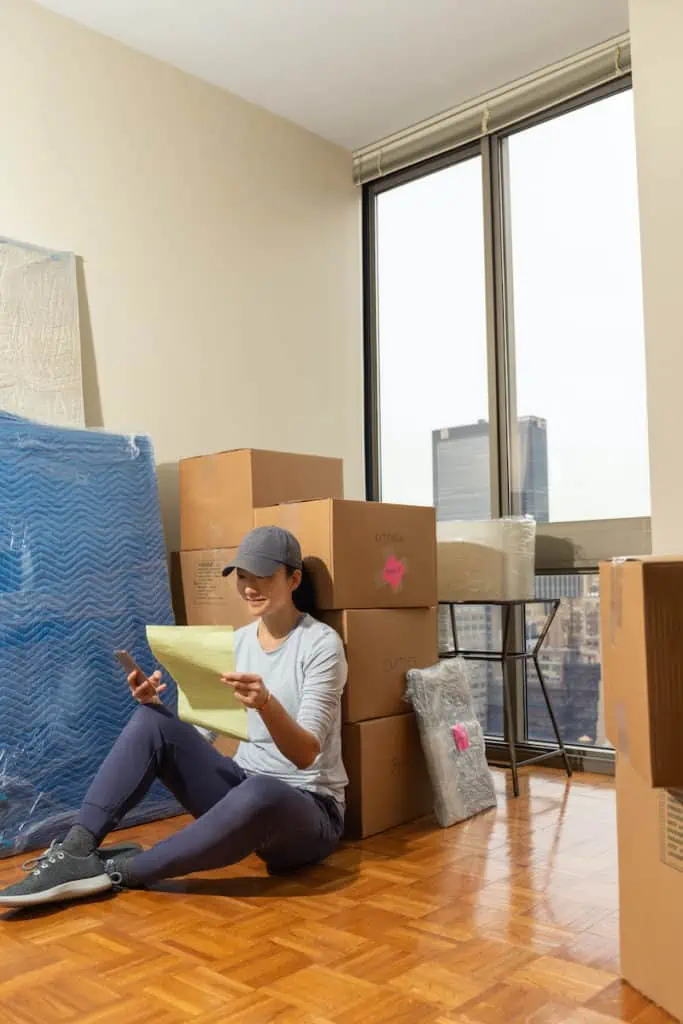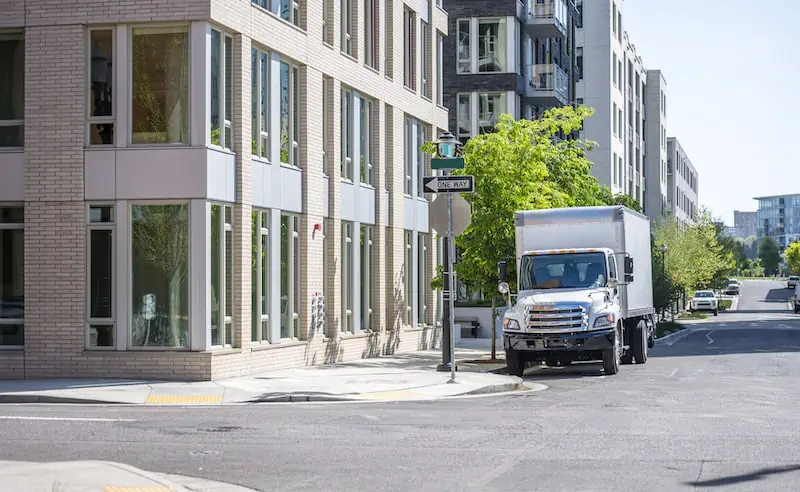Planning a move to Brooklyn? Offering a perfect balance between the energetic pace of city life and a more localized community feel — along with a vibrant arts and culture scene and a world-class culinary landscape — this historically rich and culturally diverse borough certainly has a lot to offer.
If Brooklyn is calling your name, here’s what you need to know about the best Brooklyn neighborhoods as of 2023.
Moving to Brooklyn in 2023
After its unprecedented growth over the course of 2010–2020 as the second most popular borough to move to in NYC, its pack-leading recovery after COVID-19 is no surprise — especially as droves of Manhattanites traded their big city abodes for lower rents, bigger square footage, and greenery in the Borough of Trees during the rise of remote work.
Since the end of the pandemic, people have been flocking to Brooklyn in large numbers — either to live, work, or visit — which has brought some neighborhoods back to life and transformed the flavor (and rent prices) of others.
If you’re moving to Brooklyn in 2023, here are some things to consider:
- Population: About 31% of the population of NYC lives in Brooklyn (over 2.5 million people).
- Salary: The average income for Brooklyn residents is almost $95,000, which is 80% higher than the national average, and can be attributed to the higher cost of living in NYC.
- Rent: The average rent in Brooklyn is $3,252 as of February 2023 (minus utilities), compared to the national average of $1,169.
- Mortgage: To buy an apartment, the price per square foot in Brooklyn ranges from about $926 to $1,238.
- Cost of Living: The average cost of living in Brooklyn is almost $5,000 per family of four, without accounting for mortgage payments or rent.
- Inflation: The cost of living in Brooklyn increased by 1.6% from 2022 to 2023. To make some comparisons, if you’re moving from San Francisco, California, your cost of living would decrease by about 9.5%. If you’re moving from Dallas, Texas, your cost of living would increase by about 70%.
See prices for local moving labor. Read real customer reviews. Easily book your help online.
Best Brooklyn Neighborhoods Guide
It’s hard to say what exactly makes a neighborhood “better” than others, as it all depends on what you’re looking for. Most people moving to Brooklyn come in search of affordable housing (for the NYC area, anyway), safe neighborhoods, and family-friendly amenities
With that in mind, here are some of the best Brooklyn neighborhoods based on those qualities.
Best Brooklyn Neighborhoods for Families
Cobble Hill
Cobble Hill brings together everything that’s important to families — not only is it very safe, but it’s extremely affordable compared to some neighborhoods with similar safety ratings. Cobble Hill is full of schools (especially preschools) and parks, in addition to grocery stores, bookstores, bakeries, and one of the most convenient movie theaters in the area. It’s adjacent to the waterfront, the ferry, and an incredible playground at Pier 6.
As of July 2023, the average rent for a 1-bedroom Cobble Hill apartment will set you back $3,400 a month — a 21% increase compared to the previous year.
Brooklyn Heights
Brooklyn Heights is a sprawling neighborhood full of stunning brownstones and spotted with gardens, playgrounds, dog parks, and athletic courts. This neighborhood is known for being popular with celebrities, and it’s easy to see why. The homes in Brooklyn Heights are absolutely stunning brownstones wrapped in ivy and plenty of Gothic Revival architecture.
The neighborhood’s east side runs along the scenic Brooklyn Promenade, plus it’s a relatively safe place to live. Dubbed “America’s original suburb,” this posh and trendy area offers its residents an interesting mix of community-focused and big-name businesses, not to mention the A-rated public and private schools.
All in all, Brooklyn Heights is a great place to raise a family — if you can afford it. As of August 2023, the average monthly rent in Brooklyn Heights is $3,700, 1% higher compared to the previous year.
Park Slope
Nestled in the heart of Brooklyn, Park Slope harmoniously blends urban vibrancy with small-town community charm. Its historic brownstones, tree-lined streets, and welcoming atmosphere define quintessential Brooklyn living — without all the late-night clamor.
One of the things that make Park Slope so desirable is its close proximity to hot spots like the Brooklyn Museum, Brooklyn Botanic Garden, and Prospect Park (which has its very own lake!). For a night out on the town, locals need go no further than Park Slope’s very own 5th Avenue. It’s brimming with diverse local businesses, boutiques, and eateries, including local favorites like Haenyeo, Miriam, and Harlem Shake.
“For the last 30+ years, Dyker Heights locals have been constructing crowd-pleasing displays, attracting over 100,000 spectators each year.”
While people without children will undoubtedly enjoy living here, it’s definitely a parent’s paradise. Niche rated Park Slope the 8th best neighborhood in New York City to raise a family. The schools are above average, crime is low, and the area is extremely walkable. All these perks do come with a price, though. The average home value in Park Slope is $1.35 million and the average rent is $4,064 a month.
Special Note: While Park Slope has generally been considered one of the safer places to live in New York, at the beginning of 2023 the neighborhood saw a noted spike in thefts. Violent crime remains very low, but this recent increase in property crime is something that should be taken into account.
Cheapest Brooklyn Neighborhood
Looking to save a buck? Despite its popularity, Brooklyn still offers lower rents in several neighborhoods. Here are some of the cheapest Brooklyn neighborhoods as of July 2023.
Bay Ridge
Bay Ridge has long been considered one of the most affordable places to live in the borough — particularly because it’s located quite far from Manhattan and accessible primarily by one subway line (the R). But as of 2023, it snagged the title as the cheapest neighborhood in Brooklyn, with an average rent for a one-bedroom of $1,750. Studios came in at $1,600 and a three-bedroom came in at $3,200.
Bay Ridge was impacted by the housing crisis, much like the rest of NYC, but rent only increased an average of about $50 from 2022 to 2023.
See prices for local moving labor. Read real customer reviews. Easily book your help online.
East Flatbush
The next cheapest rent in Brooklyn can be found in East Flatbush, at $2,200 for a one-bedroom (which is a $400 increase from 2022). By comparison, a studio sets you back $1,600 and a three-bedroom runs about $2,399.
While one of the less affluent areas of Brooklyn, the neighborhood offers lower crime rates than the city average, and is culturally rich, with a strong Caribbean heritage and historic landmarks.
Brighton Beach
If you’ve heard talk of Brighton Beach it was likely something about the Eastern European food or the literal beach itself. This neighborhood is bordered by Coney Island on the east, Manhattan Beach on the west, and the south features a relaxing boardwalk with stunning views of the Atlantic Ocean. It’s a very popular summer destination for tourists — with good reason!
If you get tired of relaxing on the beach, you can hit up the main shopping district on Brighton Beach Avenue, between Brighton 15th Street and Ocean Parkway. You’ll find pretty much anything you’re looking for here, from bakeries and sidewalk handbags to jewelry stores and boutiques.
“The cost of living in Brooklyn increased by 1.6% from 2022 to 2023. To make some comparisons, if you’re moving from San Francisco, California, your cost of living would decrease by about 9.5%.”
The dining scene in Brighton Beach is pretty unique as well, influenced heavily by immigrants from the Soviet Union who began arriving in the area in the early 1970s. Locals feast on Russian, Ukrainian, and Uzbeki staples at favorite eateries like Ocean View Cafe, Skovorodka, and Euroasia Cafe, respectively.
All of this is to say that Brighton Beach is a unique and fun place to call home in the great Borough of Brooklyn, with a relatively affordable average rent of just $2,498 a month. And it’s just a Q-train ride away from Manhattan.
Safest Brooklyn Neighborhoods
It’s not surprising that family-friendly neighborhoods Bay Ridge and Brooklyn Heights (covered above) top the list of the safest Brooklyn neighborhoods. Here are some others worthy of your consideration.
Dyker Heights
Dyker Heights is one of the safest neighborhoods in Brooklyn, with a total crime rate that’s 60% lower than the national average. Located in southwest Brooklyn, this area offers a close-knit neighborhood experience that’s hard to find elsewhere.
Locals enjoy outdoor escapes to McKinley Park (dog-friendly areas aplenty) and Dyker Beach Park (waterfront views, golf courses, multiple sports fields/courts). The dining scene is nothing to sneeze at either, with local gems like Mama Rao’s serving up delicious, authentic Italian fare and quick-bite favorites like Krispy Pizza.
“Since the end of the pandemic, people have been flocking to Brooklyn in large numbers — either to live, work, or visit — which has brought some neighborhoods back to life and transformed the flavor (and rent prices) of others.”
Ask any New Yorker about Dyker Heights and they’ll almost certainly mention its outrageous and stunning Christmas light displays. For the last 30+ years, Dyker Heights locals have been constructing crowd-pleasing displays, attracting over 100,000 spectators each year. Residents take immense pride in maintaining the neighborhood’s charming character, resulting in meticulously kept houses and beautifully landscaped streets.
The average rent in Dyker Heights is $1,750, and, according to a recent Zillow search, it’ll cost between $270K and $370K to purchase a one-bedroom condo. Larger homes will cost upwards of $500K (and into the millions).
Kensington
Kensington shines as a Brooklyn gem for many reasons. Safety takes center stage, with the total crime rate a remarkable 89% below the national average. Located in central Brooklyn, Kensington is just south of Prospect Park and the historic Green-Wood Cemetary. There are relatively few businesses in the area, but you can still get your foodie fix at local spots like Werkstatt, Thai Farm Kitchen, and Hamilton’s.
The neighborhood’s affordability and housing options further enhance its appeal. A one-bedroom apartment averages $1,994, and over half of the apartments fall between $1,000 and $2,000 monthly, making it budget-friendly. If you’d rather purchase than rent, you can acquire a studio for as little as $200K or a one-bedroom for between $300K and $500K. The most affordable 3-bedrooms available in Kensington start at $745K.
Moving to Brooklyn
Just like the City That Never Sleeps across the river, Brooklyn is defined by its ability to grow, adapt, and flourish — qualities also inherent in the people who live here. Whether you’re looking for a neighborhood to raise your family, save on housing costs, or feel safe and secure near the big city, we hope this guide helps you get there. Good luck with your move to our favorite borough and enjoy your adventures in Brooklyn!




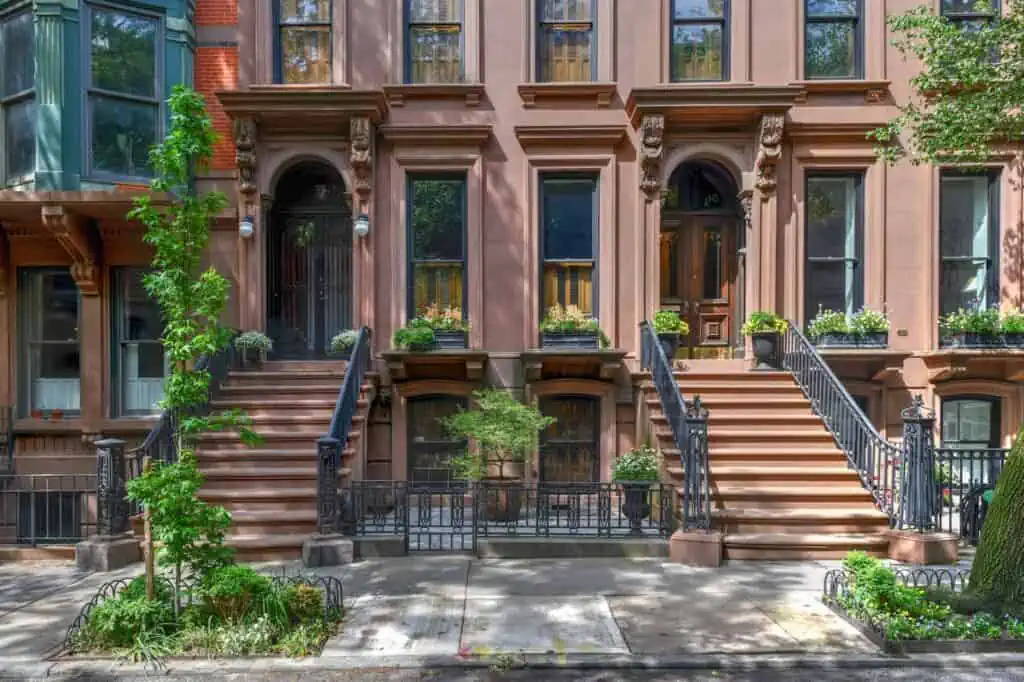

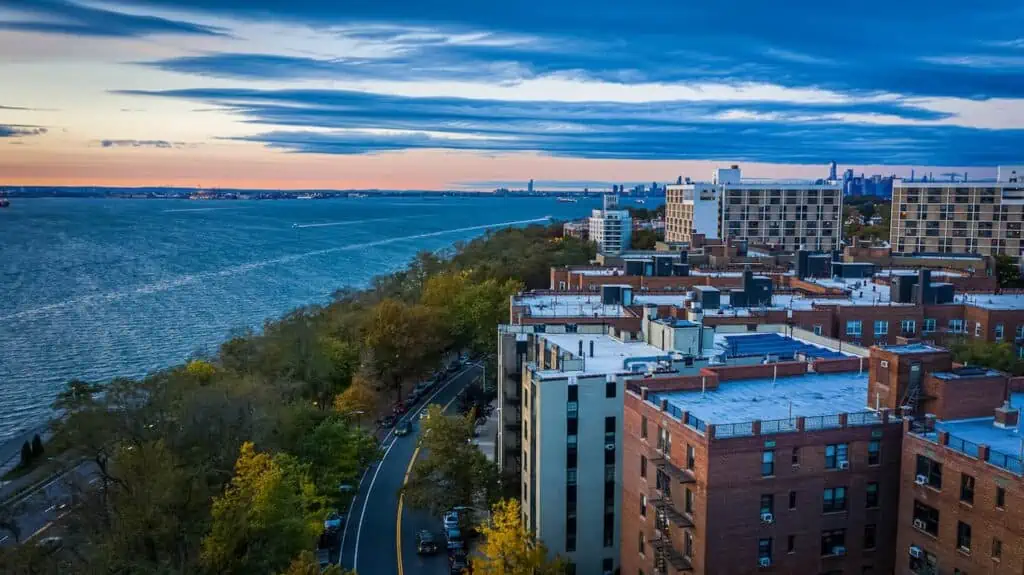




 What’s the cost of living in NYC vs. L.A.?
What’s the cost of living in NYC vs. L.A.?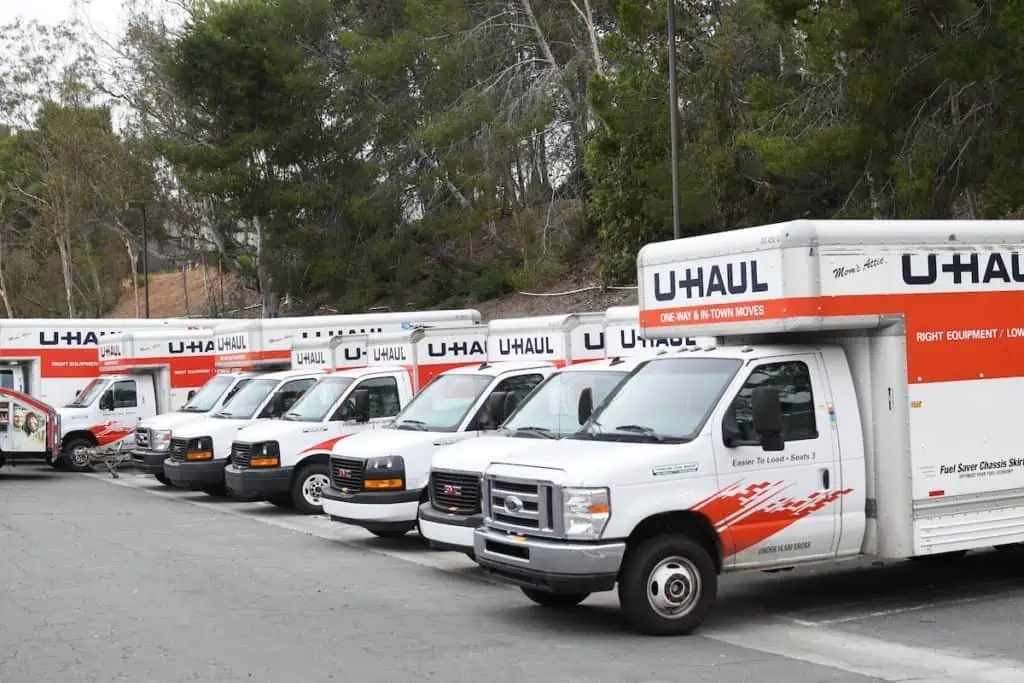
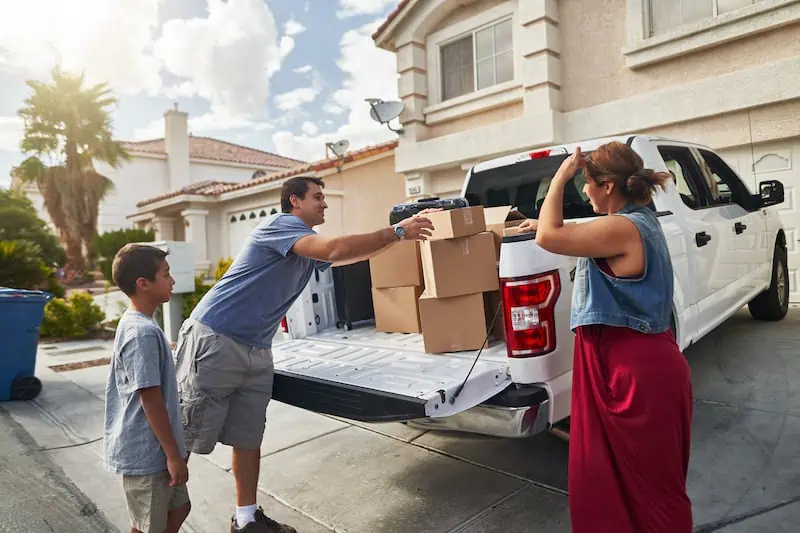

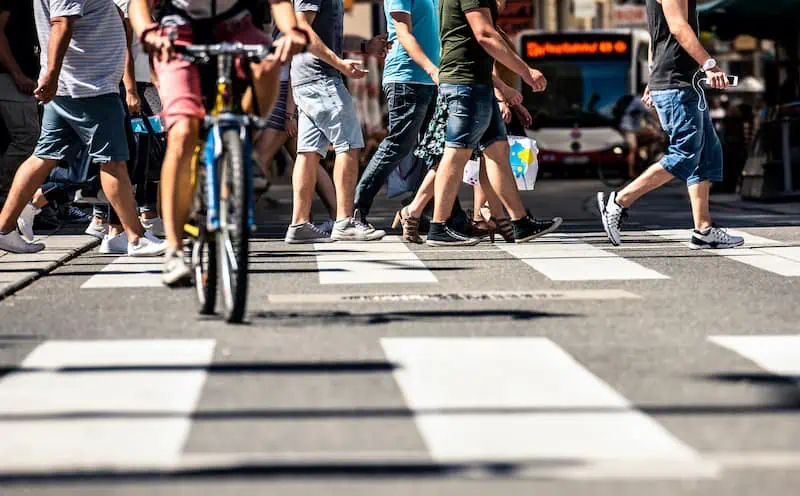
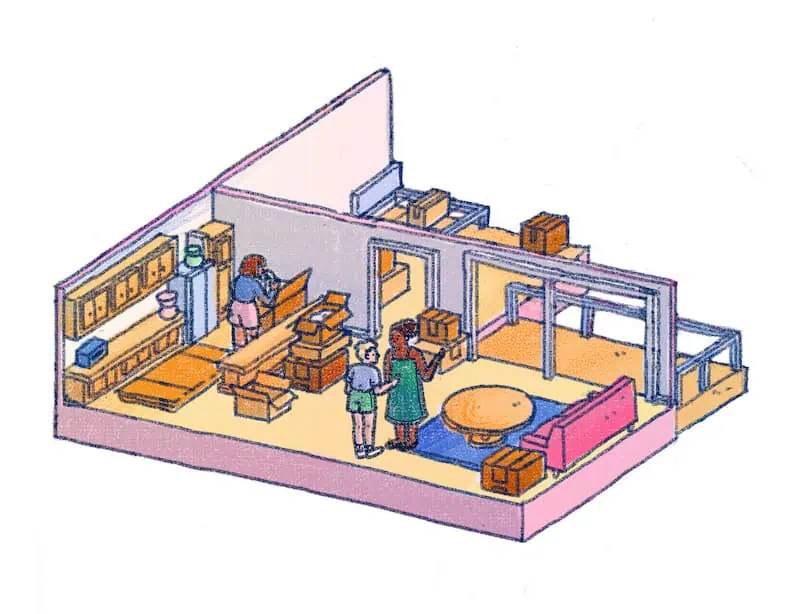 Generally,
Generally, 



